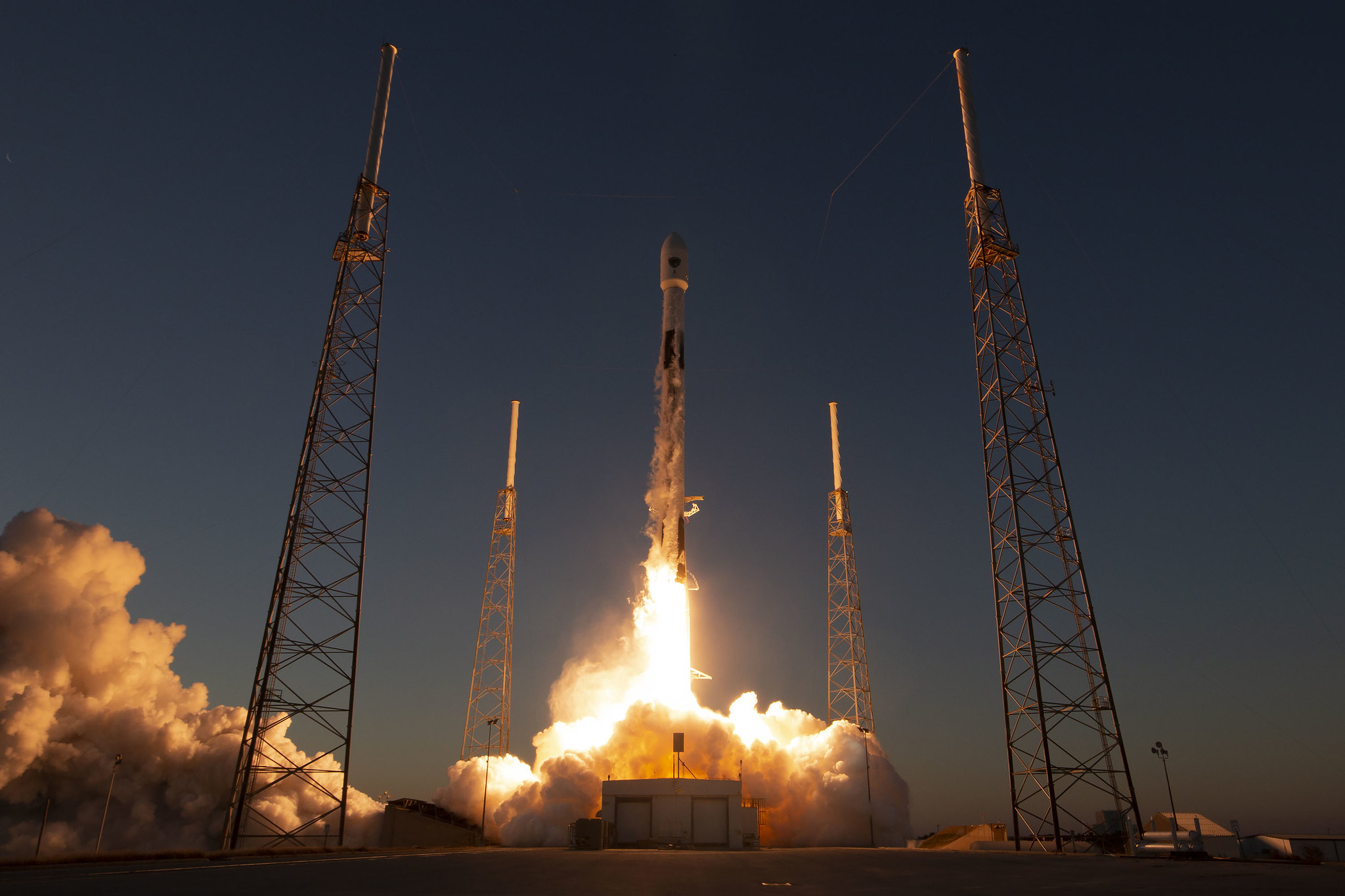The company developed a satellite-based augmentation system that leverages both GPS and Europe’s Galileo
WASHINGTON — The availability of a new GPS navigation signal for civilian users is creating market opportunities in so-called satellite-based augmentation systems — known as SBAS — that countries around the world are developing or upgrading to support transportation and other industries, said Andre Trotter, Lockheed Martin’s vice president of navigation systems.
Six GPS 3 satellites that broadcast the L1C signal have been launched since 2018, the most recent one last week. GPS 3 is a modernized version of the U.S. military’s Global Positioning System satellites that broadcast positioning, navigation and timing signals. Compared to earlier generations, the GPS 3 satellites provide military users extra protection from jamming attacks but one of its most significant features is the L1C signal for civilian users that is interoperable with Europe’s Galileo navigation satellites.
Lockheed Martin has built 10 GPS 3 satellites under a 2008 contract from the U.S. Air Force, and will produce at least 10 more GPS 3F, a more advanced version.
“The company developed what it calls a 2nd generation SBAS that takes advantage of both GPS L1/L5 and Galileo E1/E5 signals to provide more accurate navigation and positioning, and reduce dependence on any one system,” Trotter told SpaceNews.
Lockheed Martin in September won a $1.18 billion 19-year contract to develop and operate the Southern Positioning Augmentation Network (SouthPAN) for the governments of Australia and New Zealand. The system is expected to be operational by 2028. “There is a significant amount of testing that must go on in order for the signals to be certified for different types of use, whether that be safety-of-life or commercial aircraft operations,” Trotter said.
Lockheed Martin’s SBAS broadcasts on two frequencies to augment signals from GPS and Galileo.
“We are currently broadcasting the dual-frequency multiple constellation SBAS signal as part of SouthPAN,” Trotter said. “As additional GPS 3 and GPS 3F satellites are launched, service will improve even further.”
Winning the SouthPAN contract “could lead to more opportunities, as we have the ability to expand this enabling technology globally,” he said. “We are having discussions with other potential international customers. We also expect that more benefits will be realized as we bring in users and learn about new applications of the technology.”
The SouthPAN system, for example, will improve accuracy from the current 5 to 10 meters, to about 10 centimeters, he said. More precise navigation and positioning data, Trotter said, is in high demand for commercial aviation, precision agriculture, maritime tracking, and the operation of drones and unmanned vehicles.
The U.S. SBAS is known as the Wide Area Augmentation System (WAAS). Europe’s is called EGNOS, or European Geostationary Navigation Overlay Service. Several countries have implemented SBAS systems, including Japan and India, and more are in development.
 In the SouthPAN system, an SBAS payload is hosted on an Inmarsat geostationary Earth orbit communications satellite, which rebroadcasts the augmentation messages to user receivers. Lockheed Martin operates a tracking, telemetry and control ground station in Uralla, New South Wales. Spain-based GMV will develop SouthPAN’s data processing and control centers.
In the SouthPAN system, an SBAS payload is hosted on an Inmarsat geostationary Earth orbit communications satellite, which rebroadcasts the augmentation messages to user receivers. Lockheed Martin operates a tracking, telemetry and control ground station in Uralla, New South Wales. Spain-based GMV will develop SouthPAN’s data processing and control centers.
